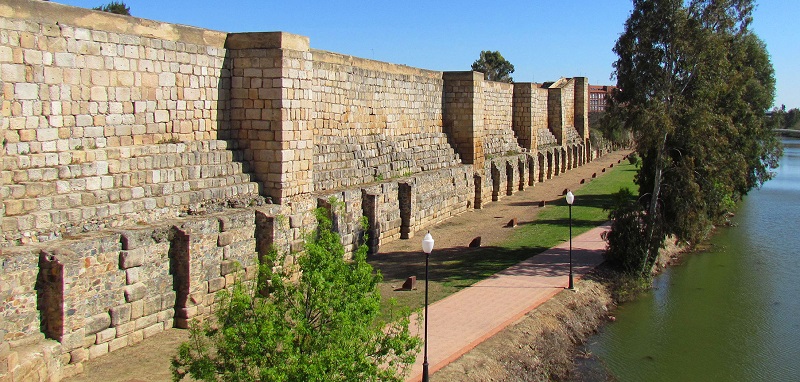
The Arab Alcazaba of Merida preserves in its interior the remains of several past eras: Roman, Visigothic and Arab.
Did you know that it is the oldest Muslim fortress in Spain?
Below you will discover a little of its history and you will be surprised by its most interesting facts.
Video tour of the Moorish Alcazaba of Mérida
In this video you can tour the Alcazaba of Merida while listening to historical facts about one of the most famous monuments of the city:
Interesting facts about the Moorish Alcazaba of Mérida
We discover the most interesting historical data to give you an idea of the Alcazaba before you visit it:
When and by whom was it built?

The Arab citadel of Mérida was designed by the architect Abd Allah and built by the Umayyad emir Abderraman II in 835.
It is the oldest Muslim fortification in the Iberian Peninsula and is inspired by Byzantine models.
What was it used for?
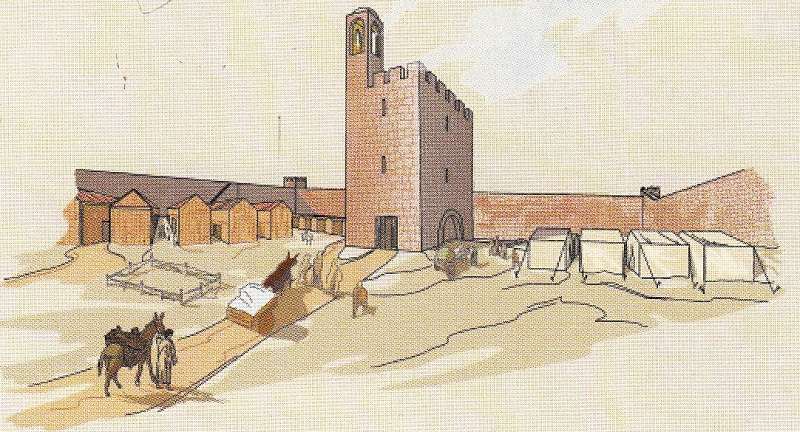
The citadel of Merida served as the residence of the local governor and at the same time as an Umayyad administrative unit.
In addition, it was a key place that served as protection against the uprisings of the population of Emerita and as a filter to enter the city.
What were your measurements?
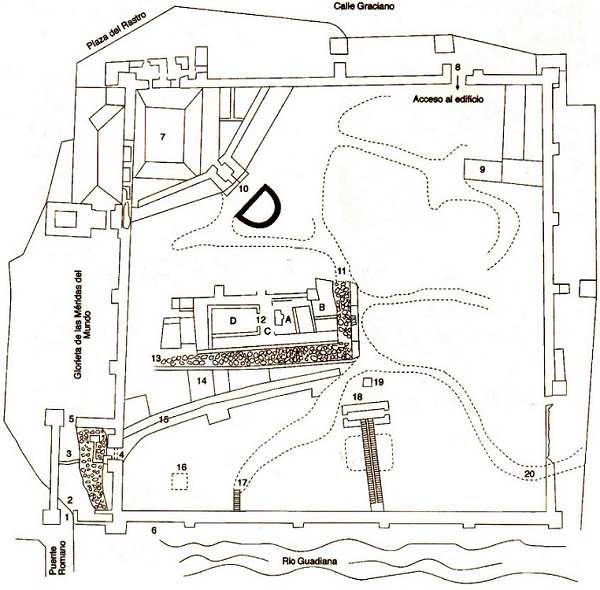
The fortification had a square plan, about 130 meters on each side. Its walls are 10 meters high and 2.7 meters wide. They were built by reusing Roman and Visigothic works from previous periods.
The albarran towers
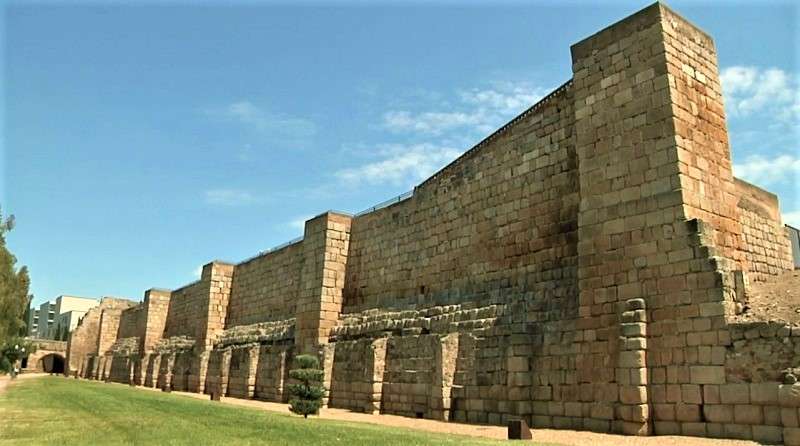
In the wall there are 25 towers albarranas, that is to say, towers of the fortification that although they are communicated with it are separated from the wall.
The most famous is the so-called Tower of the Bears, which increased the security of the fortress in case the enemy managed to penetrate through the gate at the head of the bridge and break through the small fortress that defends it.
The cistern
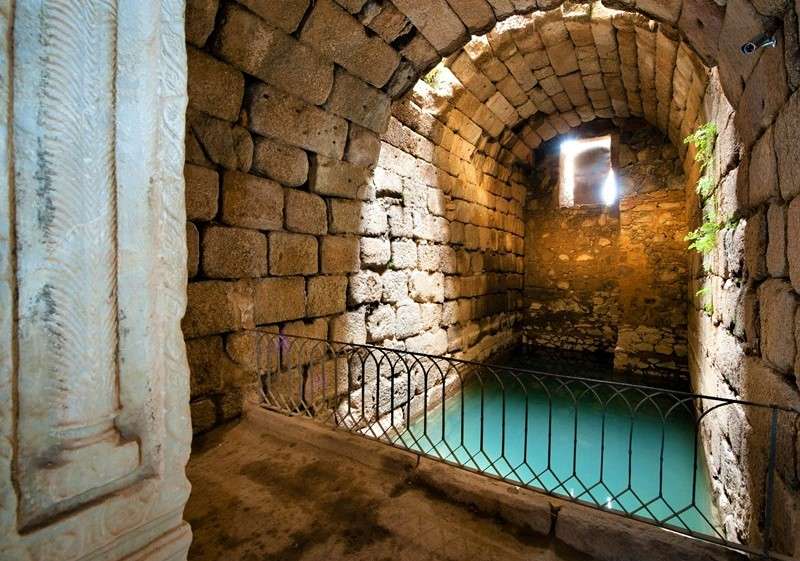
In its interior there is a unique cistern of the peninsular archaeology. It is a large well formed by a vaulted area from which a gallery leads to a cistern. It is here where the water from the Guadiana River was filtered.
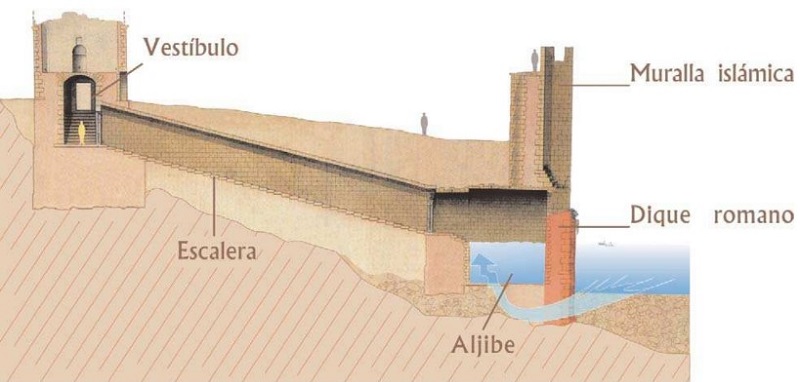
Access to the underground water cistern is through a double sloped passageway large enough for pack animals to enter to facilitate water collection.
Above this cistern was built a mosque, which was later converted into a church.
Roman remains
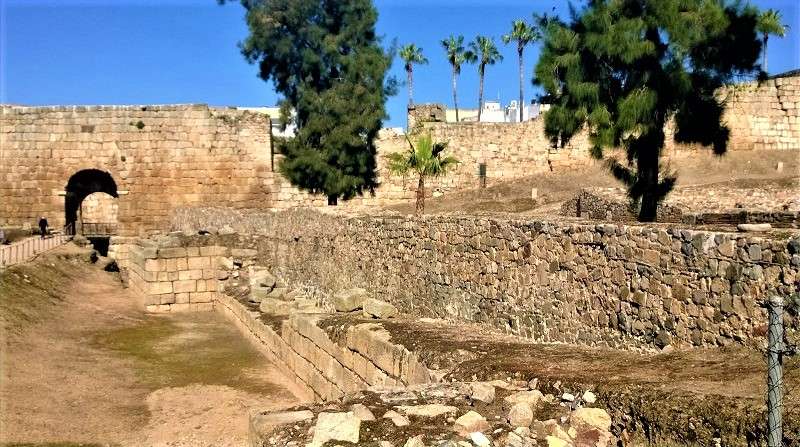
In the courtyard of the fort there are archaeological remains from Roman times, such as the Roman road, the foundations of the wall, a monumental gate and even the remains of small outbuildings such as stores from Roman times.
The remains of a fourth-century house, which had a peristyle (arcaded courtyard), baths and mosaics in its corridors, stand out,
The most recent constructions
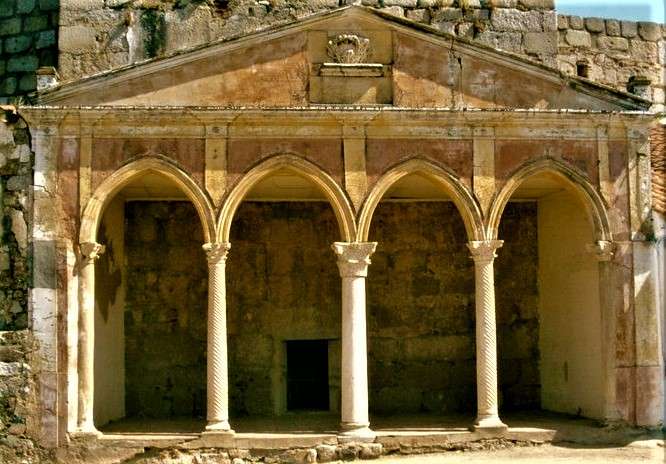
The most recent constructions found in the Moorish citadel of Merida are the arbor (next to the cistern) or a neo-Gothic portico that took advantage of Visigothic columns and dates from the nineteenth century.
Other places worth visiting are the monastery church and the Garden of Antiquities, created by the Mecenas.
Preguntas frecuentes
The normal entrance fee to the Moorish Alcazaba of Merida is 6€.
The reduced rate is 3€ and applies to young people between 13 and 17 years of age, youth card holders, students up to 25 years of age, seniors over 65 or retired, disabled persons and members of large families.
You can enter for free only if you are a Mérida resident, researcher, MECENAS member or under 12 years old.
The Theater’s winter schedule (from October 1 to March 31) is as follows:
Opening of the Monumental Enclosure: 9:00 a.m.
Closing of Box Office and Access: 6:00 p.m.
Closing of the Monumental Enclosure: 18:30 hours
Remember that you can also access the theater to see a performance even at night.
The Theater will be closed only on December 25, January 1 and January 6.
Of course! Check out the best guided tours in Merida.
The address of the Alcazaba of Merida is P.º Roma, s/n, 06800 Merida, Badajoz. You can see the location on the map here.
More of Merida’s historical heritage
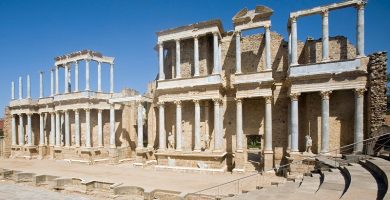
Roman Theater of Merida
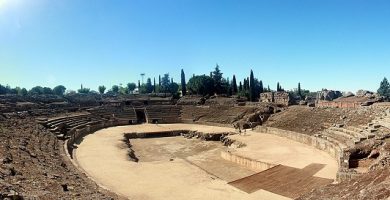
Mérida Roman Amphitheater
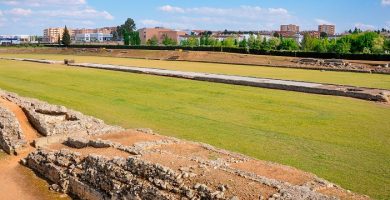
Roman Circus of Merida
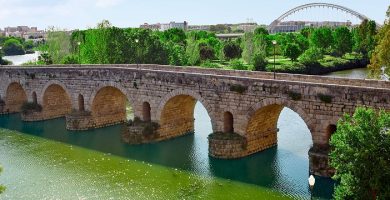
Roman Bridge of Merida over the Guadiana river
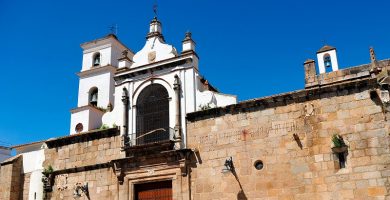
Co-cathedral of Santa María la Mayor of Mérida
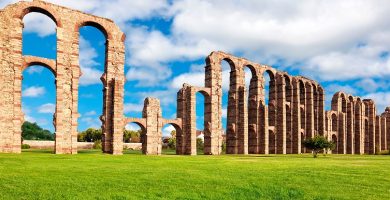
Los Milagros de Merida Aqueduct
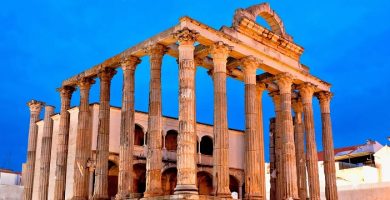
Roman Temple of Diana in Mérida
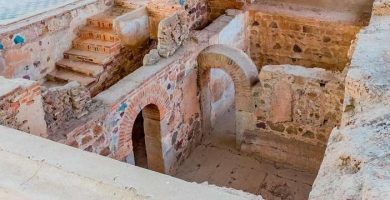
Casa del Mitreo House in Mérida
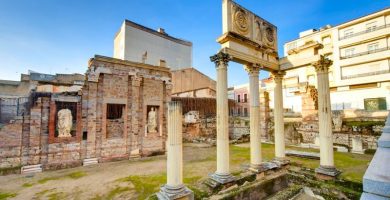
Portico of Merida’s Municipal Forum
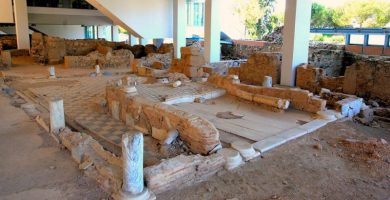
Morería de Mérida Archaeological Site
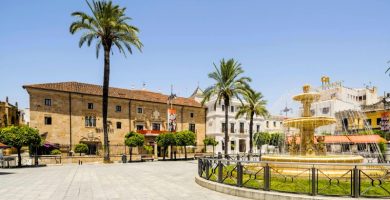
Plaza de España in Mérida
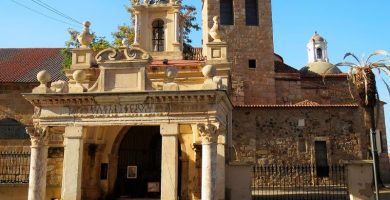
Basilica of Santa Eulalia in Mérida
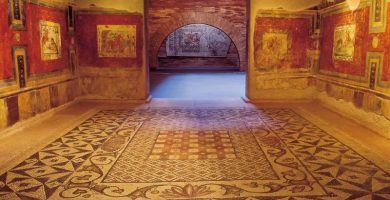
National Museum of Roman Art of Mérida
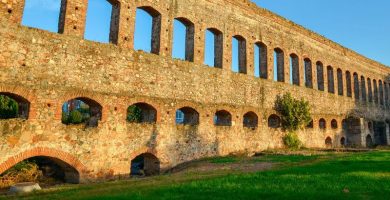
San Lázaro Aqueduct in Mérida
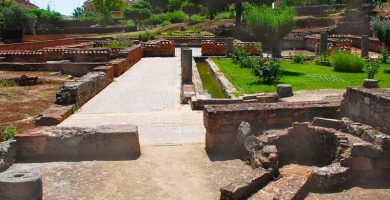
Merida Amphitheater House
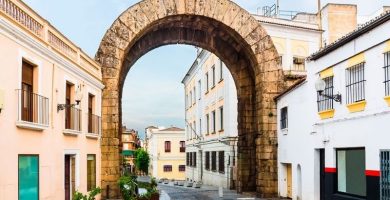
Trajan’s Arch of Mérida
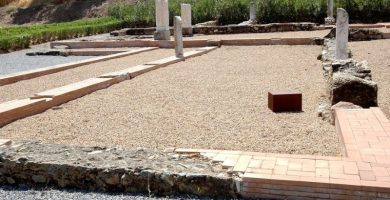
Mérida’s Xenodoquium
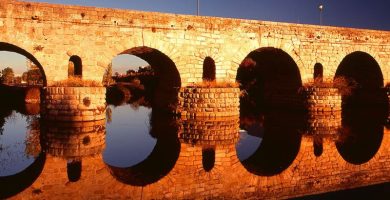
Roman Bridge over the Albarregas
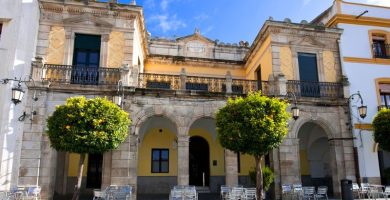
Círculo Emeritense in Mérida
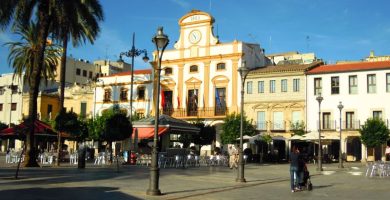
Mérida City Hall
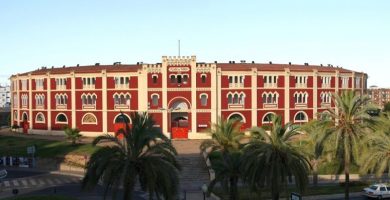
Bullring of Mérida
